The investment casting market in Japan is characterized by a competitive landscape that is increasingly shaped by innovation, technological advancements, and strategic partnerships. Key players such as Hitachi Metals Ltd (Japan), Precision Castparts Corp (US), and Thyssenkrupp AG (DE) are actively pursuing strategies that emphasize operational efficiency and product diversification. Hitachi Metals Ltd (Japan) focuses on enhancing its manufacturing capabilities through digital transformation initiatives, which appear to be aimed at improving production efficiency and reducing lead times. Meanwhile, Precision Castparts Corp (US) is leveraging its extensive experience in aerospace and industrial applications to expand its market share, indicating a strategic focus on high-value sectors. Thyssenkrupp AG (DE) is also positioning itself as a leader in sustainable practices, which may resonate well with the growing demand for environmentally friendly manufacturing processes.
The business tactics employed by these companies reflect a trend towards localizing manufacturing and optimizing supply chains to enhance responsiveness to market demands. The competitive structure of the market seems moderately fragmented, with several players vying for dominance. However, the collective influence of these key players is significant, as they drive innovation and set industry standards that smaller firms may struggle to match.
In October 2025, Hitachi Metals Ltd (Japan) announced a partnership with a leading technology firm to develop advanced casting techniques that utilize AI for quality control. This strategic move is likely to enhance their product offerings and improve operational efficiencies, positioning them favorably against competitors. The integration of AI into their processes could potentially reduce defects and increase production speed, thereby solidifying their market position.
In September 2025, Precision Castparts Corp (US) revealed plans to invest $50 million in expanding its manufacturing facility in Japan. This investment is indicative of their commitment to increasing production capacity and meeting the rising demand for precision components in the aerospace sector. Such a move not only strengthens their operational footprint but also enhances their competitive edge in a high-growth market segment.
In August 2025, Thyssenkrupp AG (DE) launched a new line of eco-friendly investment casting products aimed at reducing carbon emissions during production. This initiative aligns with global sustainability trends and positions the company as a forward-thinking leader in environmentally responsible manufacturing. The strategic importance of this launch lies in its potential to attract environmentally conscious clients and differentiate Thyssenkrupp from its competitors.
As of November 2025, the investment casting market is witnessing trends that emphasize digitalization, sustainability, and the integration of advanced technologies such as AI. Strategic alliances among key players are shaping the competitive landscape, fostering innovation and enhancing supply chain reliability. The shift from price-based competition to a focus on technological advancement and sustainable practices is becoming increasingly evident. Companies that prioritize innovation and adaptability are likely to thrive in this evolving market, suggesting that future competitive differentiation will hinge on the ability to leverage technology and maintain robust supply chains.


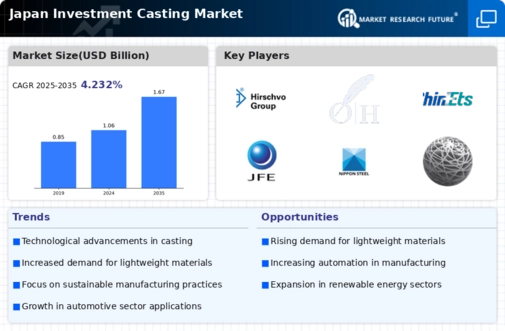






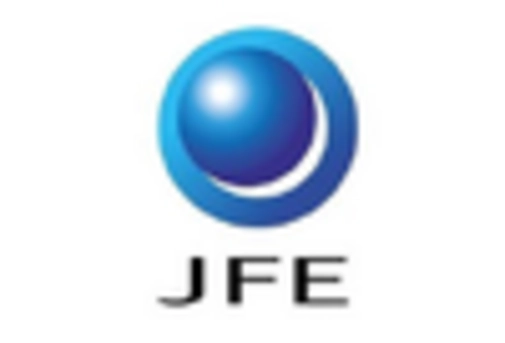
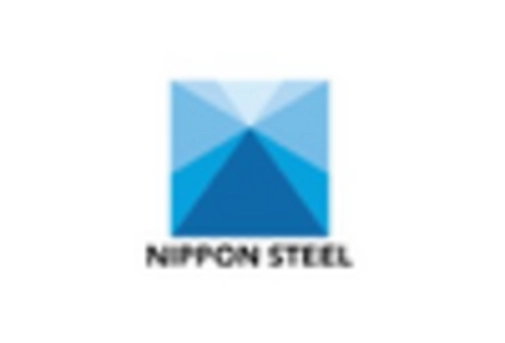
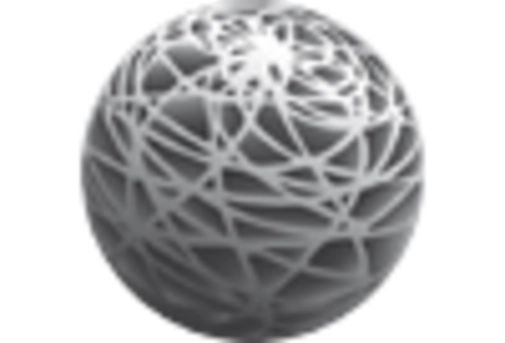

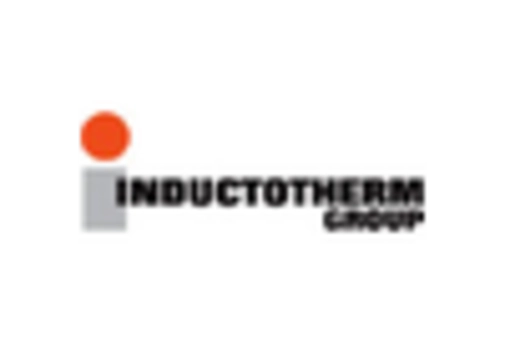








Leave a Comment